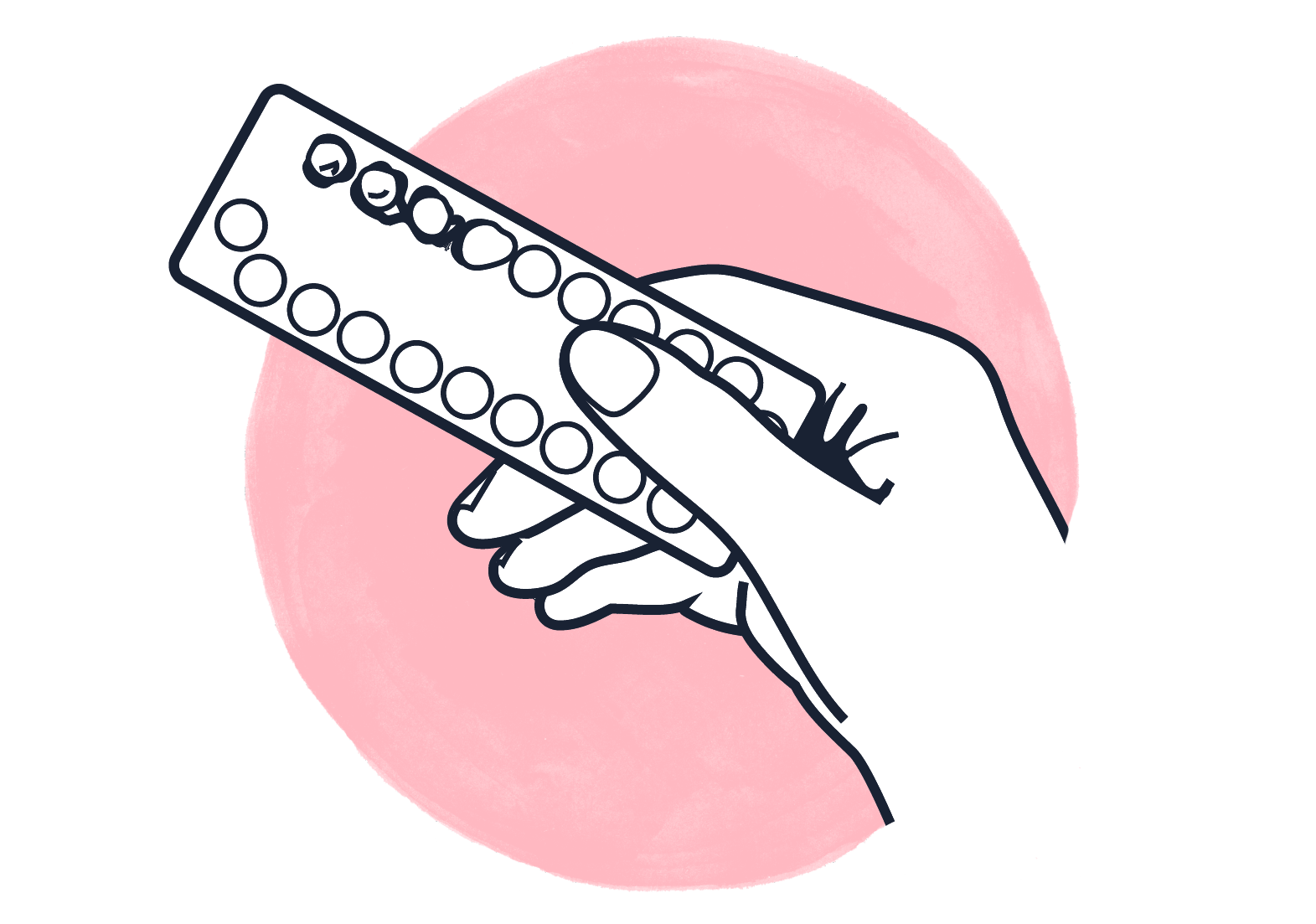Combined pill

The combined pill is a tablet that you take every day. Taken correctly, it’s over 99% effective at preventing pregnancy.
frequency: daily
effectiveness: 91%
STI protection? no
periods: gives you control
What you need to know about the combined pill
The pill is a very effective and popular method of contraception. It’s great for people who want to have more control over their bleeding pattern.
Side effects of the pill
Positive side effects include lighter periods and reduced acne. Negative side effects include breast tenderness and nausea.
Health benefits and risks of the pill
It may increase your risk of thrombosis and breast cancer but lower your risk of cancer of the lining of the womb and ovaries.
What type of pill should you take?
There are several brands of pill to choose from and they’re all equally good at preventing pregnancy. They contain different amounts and types of oestrogen and progestogen, so different pills suit different people.
How to take the combined pill
Take the pill at the same time every day. Once you’ve been taking it for over 3 weeks you can choose if and when to bleed.
How does the combined pill work?
It uses copies of 2 hormones – oestrogen and progesterone – to stop you from producing an egg each month.
Do you need help with something else?
Find sexual health services near you
Get sexual health advice from the experts






